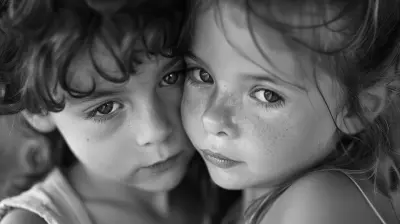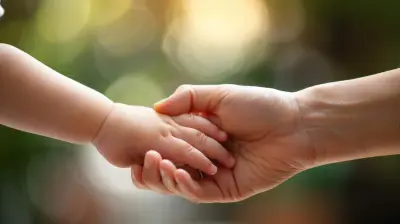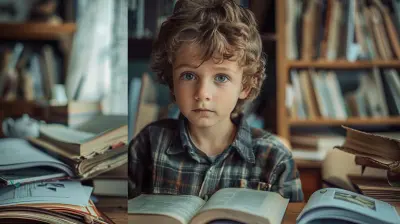The Role of Cultural Traditions in Raising an Adopted Child
5 August 2025
Adoption is a beautiful way to build a family. It’s a journey full of love, hope, and sometimes, a bit of uncertainty. But here’s one thing that often gets sidelined in all the excitement: culture. Not just the culture of the adoptive family, but also the heritage and traditions the adopted child brings with them, especially if they come from a different background.
So, how important are cultural traditions when raising an adopted child? And more importantly, how do we honor and integrate them into our home — and do it right?
Let’s dive into this thought-provoking topic and unpack the emotional layers, practical steps, and lifelong impact cultural traditions can have in shaping the identity of an adopted child.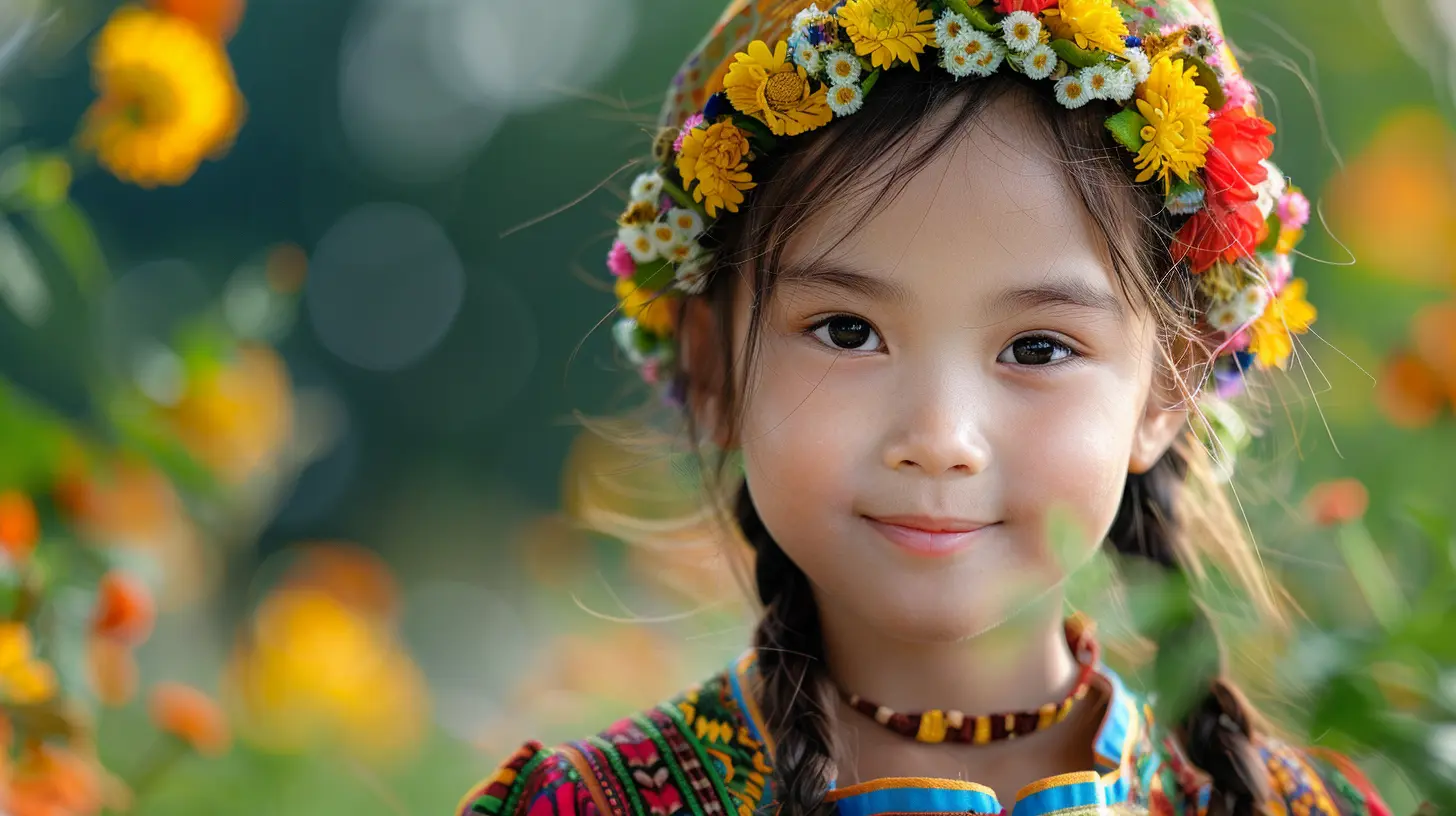
Why Culture Matters in Adoption
Before we break down the "how," let’s talk about the "why."Every child, adopted or not, has an innate desire to know who they are and where they come from. For adopted children, especially those adopted across cultures or borders, these questions can run deeper. Culture is tied to identity. It's the music you grew up with, the holidays you celebrated, the language your grandparents spoke, the food that filled your kitchen — it's more than heritage; it’s a sense of belonging.
Now imagine growing up in a family that looks different from you, speaks a different language, eats different food, and celebrates different holidays — wouldn’t you feel like something’s missing?
That’s why preserving, respecting, and celebrating a child’s cultural traditions isn’t optional. It’s essential.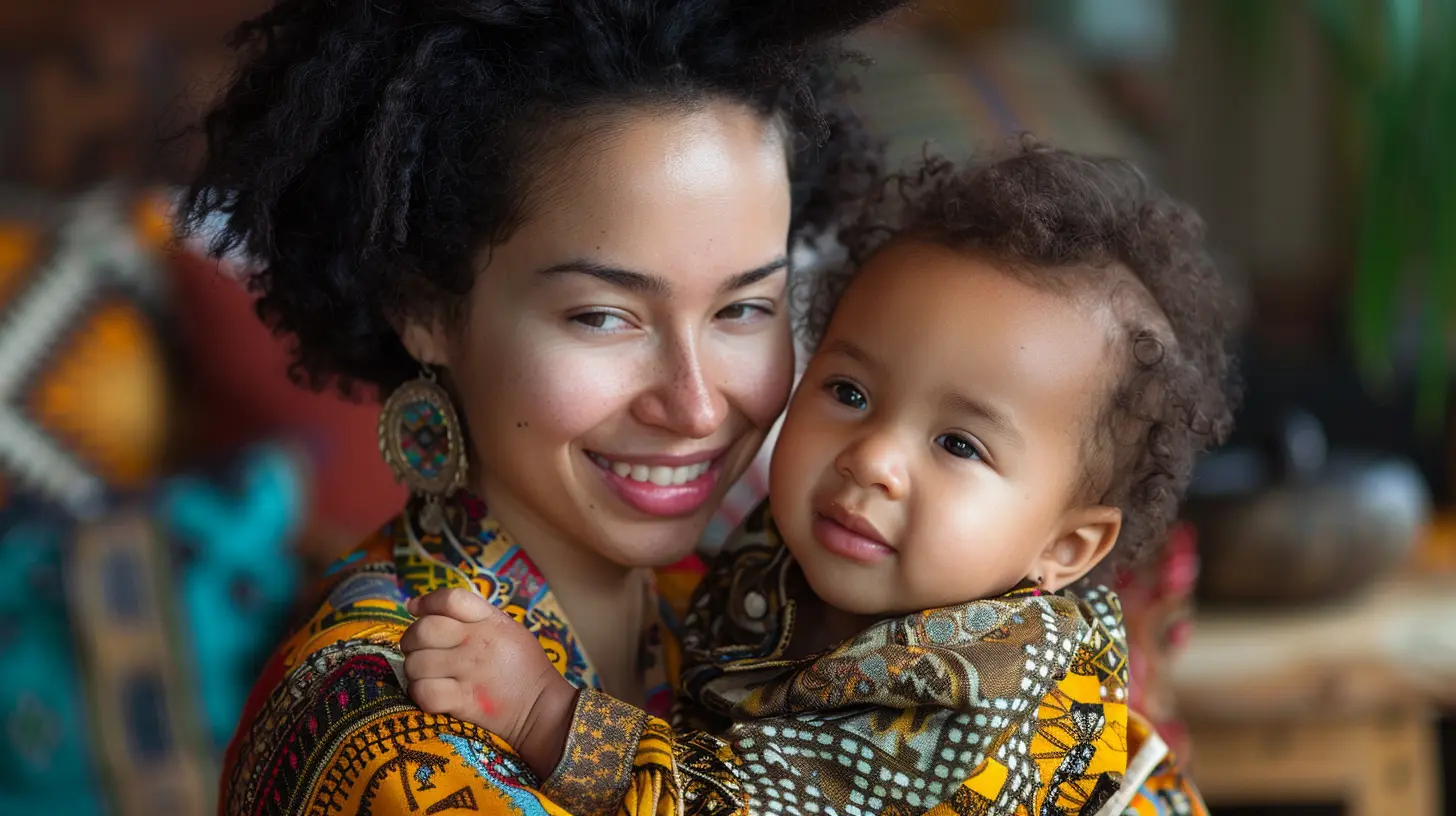
The Identity Puzzle: Helping Your Child Find Their "Whole Self"
Adoption can be both a gain and a loss. While a child gains a loving family, they also might lose a connection to their birth culture, language, or traditions. It can feel like trying to put together a puzzle with a few missing pieces.As adoptive parents, your role is to help them find those pieces and fit them into place. When children are encouraged to embrace both their birth culture and their adoptive family's culture, they are more likely to grow up with a stronger, healthier sense of self.
So don’t just embrace their culture — celebrate it.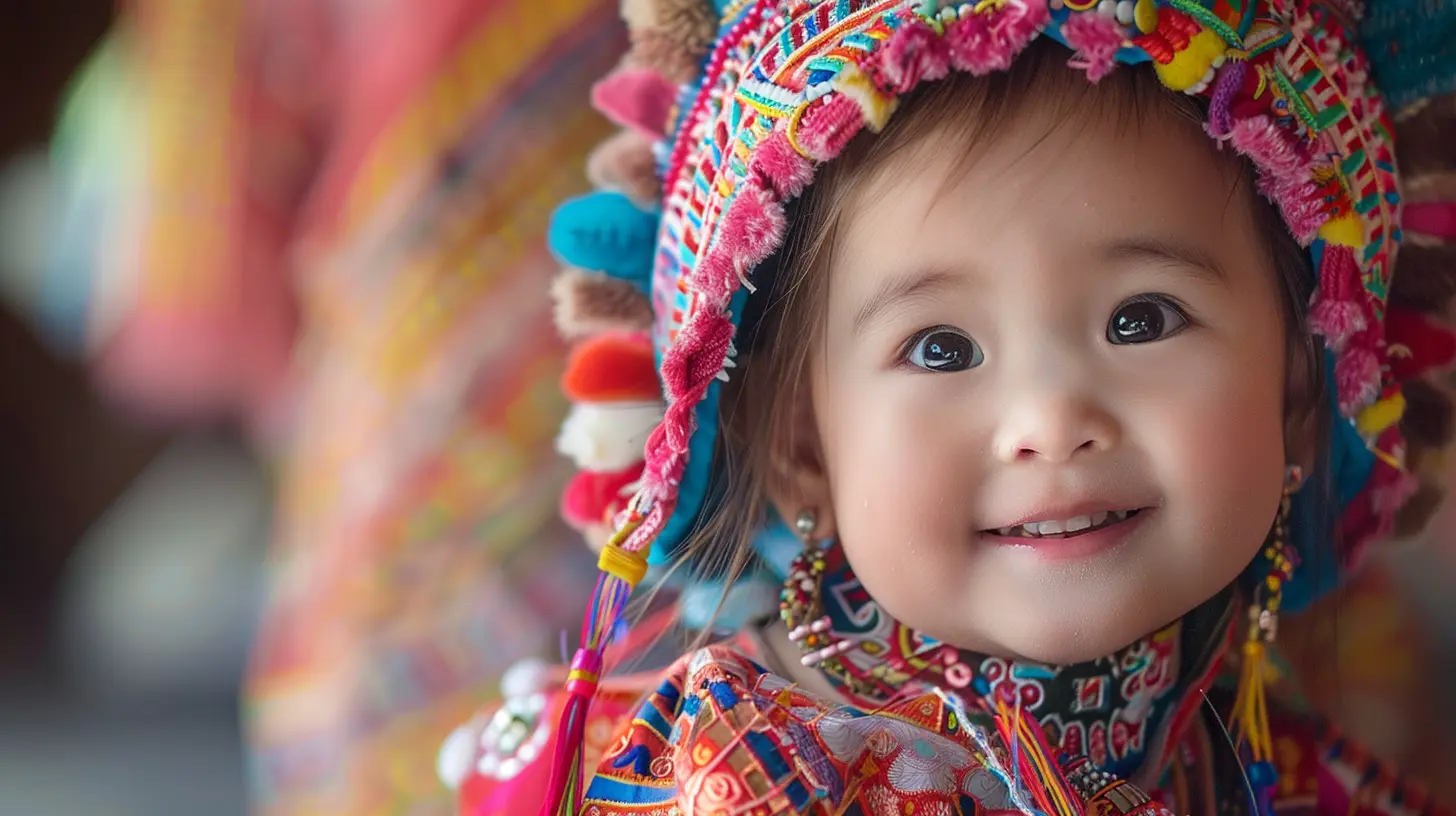
Culture Is Not a “One and Done” Box to Check
It’s not enough to read one book about your child’s birth culture or eat at a cultural restaurant once a year. Culture isn’t a costume we wear during holidays — it’s a lived experience.To truly honor your child’s heritage, cultural traditions need to become a regular, integral part of your family's daily life.
Think of it like watering a plant — a few drops every now and then won’t do much. But consistent care? That’s how roots take hold and grow strong.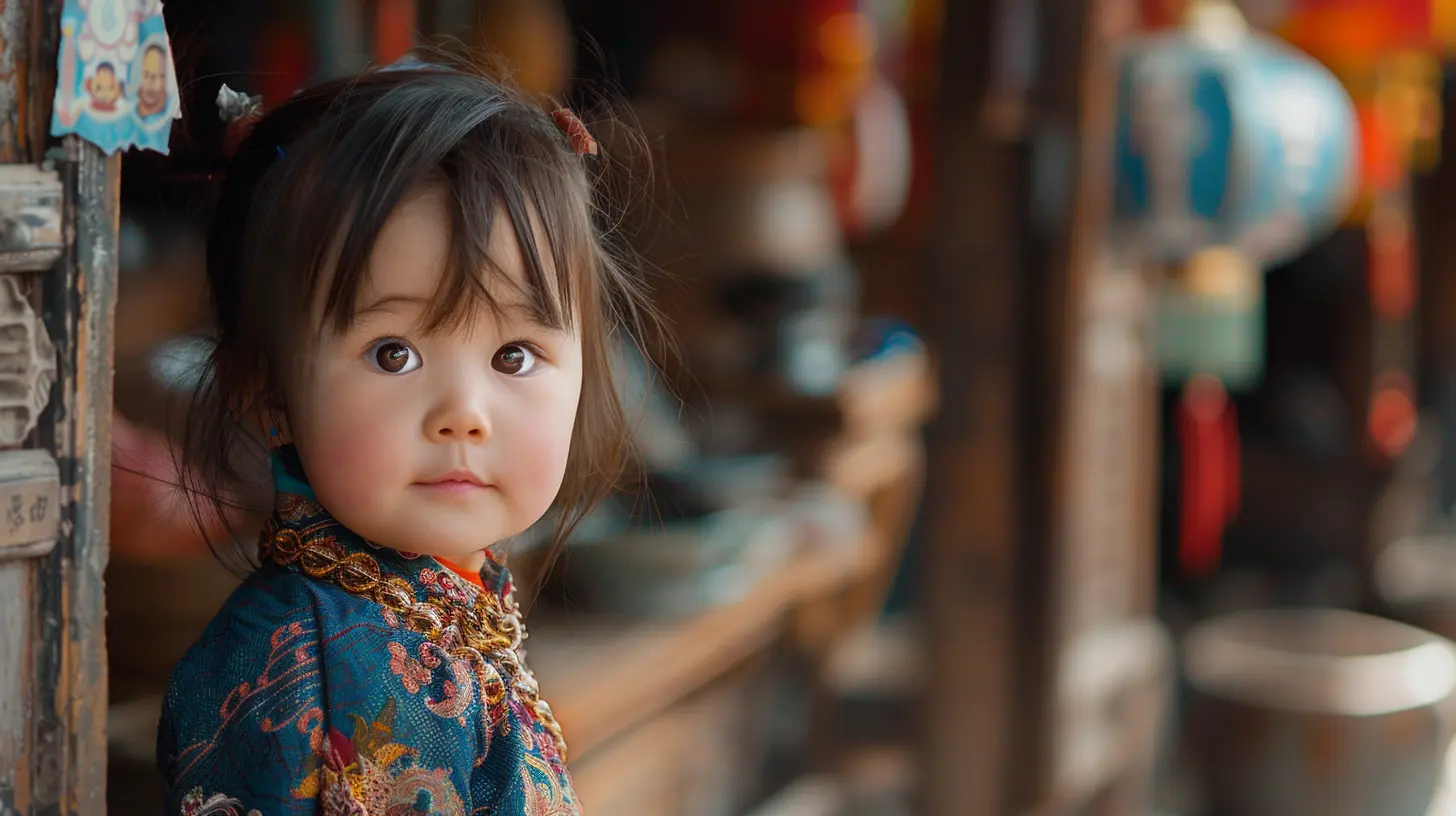
Real-World Ways to Weave Cultural Traditions Into Your Family Life
So how do you actually do this without it feeling forced or awkward? Here are some hands-on ideas that can help you raise a culturally aware and proud adopted child.1. Celebrate Their Cultural Holidays
Start by learning about and celebrating holidays from your child’s birth culture. Diwali, Lunar New Year, Juneteenth, Hanukkah — whatever it is, dive in with your child.Let them experience the flavors, colors, sounds, and stories behind these celebrations. Cook traditional meals together, dance to the music, and explain the significance in age-appropriate ways.
2. Incorporate Language (Even a Little Adds Up)
You don’t have to be fluent, but learning key phrases or songs in your child’s birth language can go a long way. Language carries cultural soul — it’s powerful, comforting, and affirming.Apps, songs, bilingual storybooks, and cartoons can be great tools. And if you can find a language class in your area or online, even better.
3. Connect With Cultural Communities
This one’s big.Find local organizations, community events, or churches that are rooted in your child’s birth culture. Regular interaction with people who share your child’s background helps them feel seen and validated.
It also tells your child, “We’re not just interested in your culture; we want you to be part of it.”
4. Diversify Your Toy Shelf and Bookshelf
Representation matters — even on the toy shelf.Choose books, dolls, movies, and shows that reflect your child’s culture. When your child sees characters that look and live like them, it builds confidence and pride.
Stories from their cultural heritage also give them a sense of continuity — like they’re part of something bigger than themselves.
5. Talk About Race, Identity, and Difference — Often
Don’t wait for your child to bring up the tough questions. Be proactive about having age-appropriate discussions on race, ethnicity, and adoption.Validate their feelings. Share your own learning journey. And most importantly, leave the door open for ongoing conversation.
The Struggle Is Real: When Kids Push Back on Culture
Here’s a twist — even after all your effort, your child might resist embracing their cultural roots. Maybe it's peer pressure, or maybe they’re feeling torn between two identities.It’s totally normal.
Sometimes, kids push back because they don’t want to feel “different” from their friends. Or they don’t want to be reminded that they’re adopted. And that’s okay.
The trick is to keep those cultural connections flowing in the background, without forcing the issue. Let them know those parts of themselves are always welcome — and always worth celebrating.
Think of it like leaving the porch light on for someone who’s not ready to come home just yet.
International and Transracial Adoptions: Unique Cultural Challenges
When a child is adopted from a different country or racial background, the cultural stakes go up a notch.In transracial adoptions, children are not only navigating a different family culture but also growing up in a society that sees them differently than their parents. This reality brings a unique set of challenges — and opportunities — for teaching your child how to navigate identity, bias, and belonging.
As a parent, that means educating yourself on racial history, privilege, systemic challenges, and being ready to advocate for your child in schools, community spaces, and social settings.
In short: don’t just teach your child about their culture. Teach yourself first.
What Happens If You Don’t? (The Long-Term Impact)
Let’s be real for a second. Ignoring your child’s cultural traditions and identity can lead to real consequences down the road.They might struggle with feelings of disconnection, self-doubt, or even resentment. Many adult adoptees have spoken about feeling “culturally homeless” — not fully belonging to either their birth or adoptive culture.
But when children grow up with a solid understanding and pride in their heritage, they’re more likely to thrive emotionally, socially, and even academically. Feeling proud of who you are — all parts of you — is a superpower that carries into every area of life.
Tips for Parents Who Feel Overwhelmed
If this is starting to sound like a lot, take a deep breath. You don’t need to become an expert overnight. What matters most is intention, not perfection.Here are a few beginner-friendly tips to help you get started:
- Start Small: Pick one tradition, language phrase, or holiday and go from there.
- Ask for Help: Connect with other adoptive families or cultural mentors.
- Stay Curious: Keep learning, and let your child see you learning.
- Be Honest: It’s okay to say, “I don’t know, but I’m learning because I love you.”
Remember — culture is not just a checklist. It’s a bridge between you and your child. And every step you take across it, no matter how small, tells them they are loved, accepted, and whole.
Final Thoughts: This Journey Is Ongoing
Raising an adopted child involves more than providing love and stability — it also means helping them develop a rich, multidimensional sense of self. Their story includes both where they are and where they came from. Your job is to help connect those dots with truth, celebration, and respect.Cultural traditions aren't just extras. They're essential building blocks in your child’s lifelong identity. When you raise a child to honor their heritage, you’re not just looking backward — you’re giving them deep roots so they can grow forward, stronger than ever.
So keep asking questions. Keep showing up. And most of all — keep the door open for them to explore, embrace, and express who they really are.
Because, at the end of the day, that’s what parenting is really about, isn’t it?
all images in this post were generated using AI tools
Category:
AdoptionAuthor:

Karen Hurst
Discussion
rate this article
2 comments
Ardyn Butler
Embracing cultural traditions can enrich an adopted child's identity and strengthen family bonds. Celebrate diversity together!
November 23, 2025 at 4:12 AM

Karen Hurst
Thank you for your insightful comment! Embracing cultural traditions truly enhances an adopted child's identity and fosters strong family connections. Celebrating diversity is essential for creating a loving and inclusive environment.
Sydney McKinstry
Understanding and incorporating cultural traditions can help adopted children feel connected to their heritage, fostering identity and self-esteem. It’s essential for their development.
August 11, 2025 at 3:13 PM

Karen Hurst
Absolutely! Embracing cultural traditions is vital for adopted children, as it nurtures their sense of identity and self-worth, ultimately supporting their overall development.
